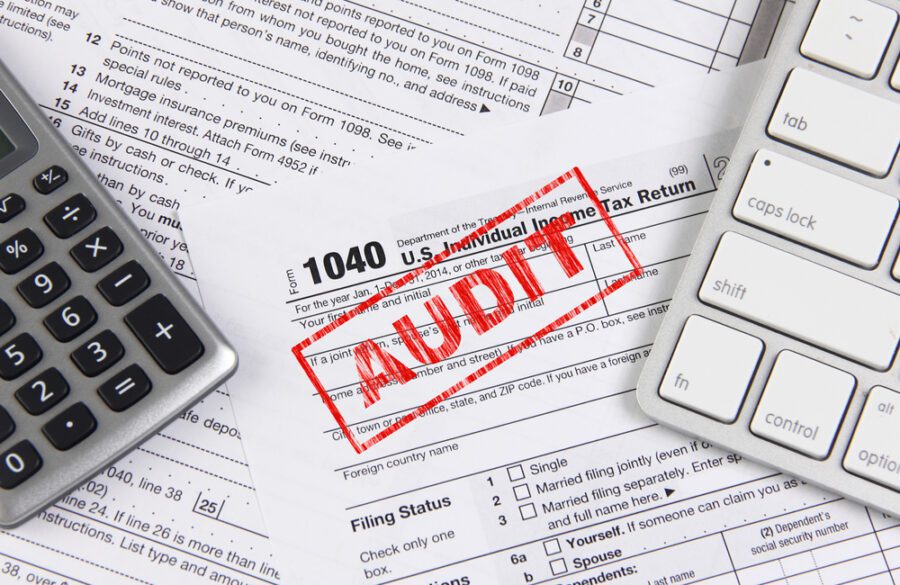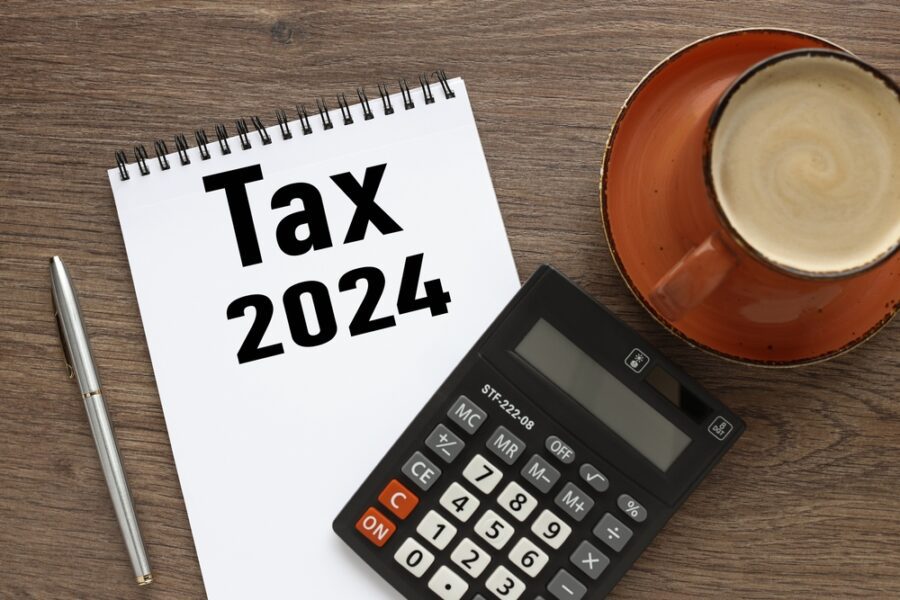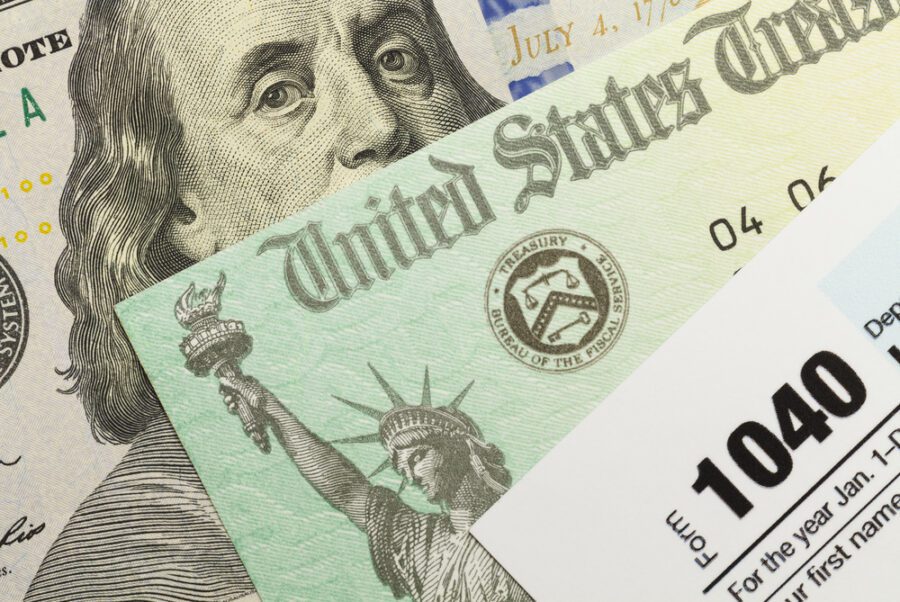
5 Years Out: The Vision and Stress Test
With five years to go, your first task isn’t about numbers on a spreadsheet. It’s about your life. Before you can build a financial plan, you need to know what you’re planning for. This is the time to dream with purpose and then test those dreams against reality.
Envision Your Retirement Lifestyle
Grab a pen and paper, and sit down with your spouse or partner if you have one. What do you want your retirement to look like? Don’t hold back. Do you dream of traveling the country in an RV? Spending more time with grandchildren? Moving to a warmer climate? Pursuing a lifelong hobby like painting or woodworking?
Be specific. “Travel more” is a nice thought, but “Take one international trip and two domestic trips per year” is a goal you can build a budget around. Your vision will become the foundation of your pre-retirement planning.
Create a Draft Retirement Budget
Once you have a vision, it’s time to estimate the cost. Look at your current expenses and think about how they will change. Some costs, like commuting and work clothes, will disappear. Others, like healthcare and travel, might increase. Divide your estimated expenses into two categories: fixed and variable.
Fixed costs are your essential needs that don’t change much month to month. This includes housing (mortgage or rent), property taxes, insurance, utilities, and basic food and transportation. These are the bills you absolutely must pay.
Variable costs are your wants and lifestyle expenses. This includes travel, dining out, hobbies, gifts, and entertainment. This is where you have more flexibility to cut back if needed.
Knowing your core, fixed expenses is the most important number in your retirement plan. This is the minimum monthly income you will need to cover your basic needs.
Stress-Test Your Nest Egg
Now, let’s look at your savings. You don’t need to be a financial wizard to do a quick reality check. A common guideline is the 4% rule. It suggests that you may be able to withdraw 4% of your initial retirement savings portfolio each year, adjusting for inflation, with a reasonable chance of it lasting 30 years. For example, if you have a $1 million portfolio, this rule suggests you could withdraw $40,000 in your first year.
This is just a starting point, not a guarantee. But it’s a useful tool for a quick stress test. Does 4% of your current savings, plus your estimated Social Security and any pension benefits, cover your draft budget? If there’s a big gap, don’t worry. You have five years to make adjustments, which is a powerful amount of time.
This is a great moment to consider if you need help. A good financial planner can help you refine these numbers and build a detailed, personalized strategy. This is a key part of financial planning for many people nearing retirement.









